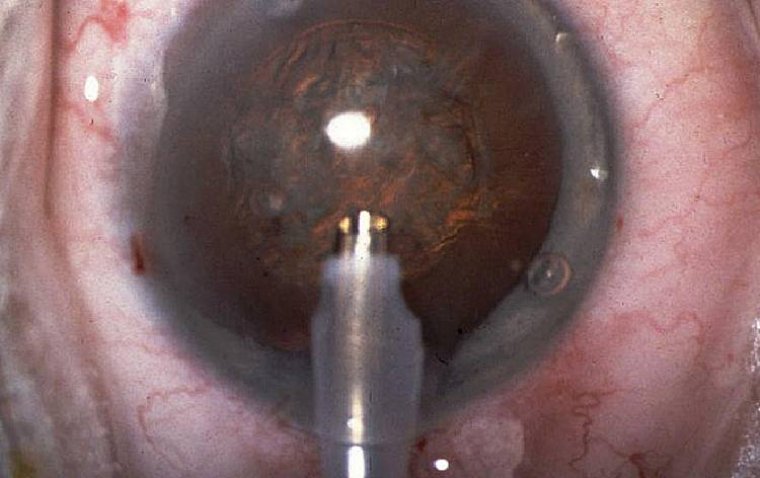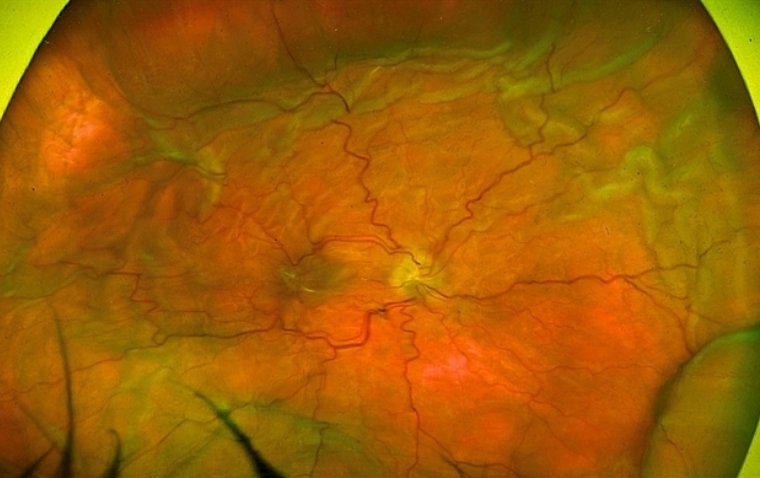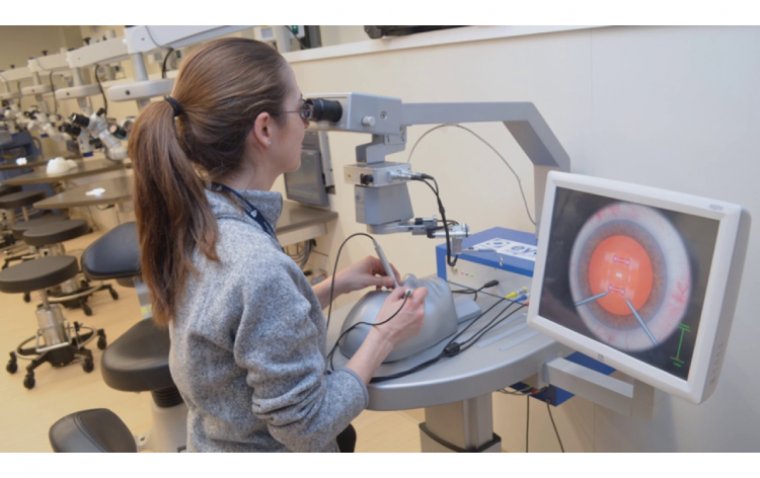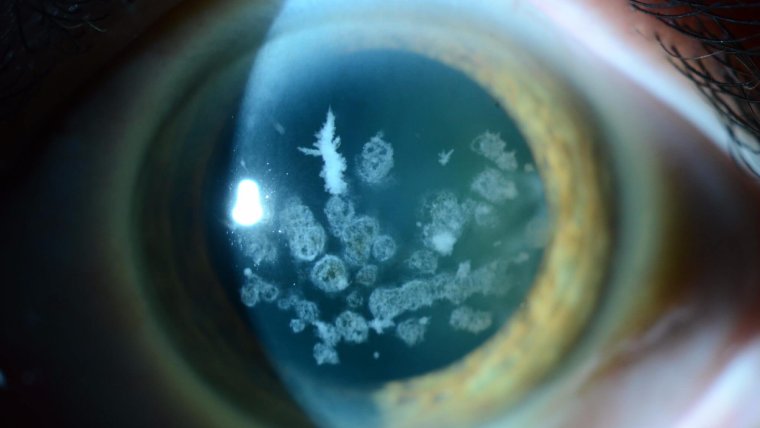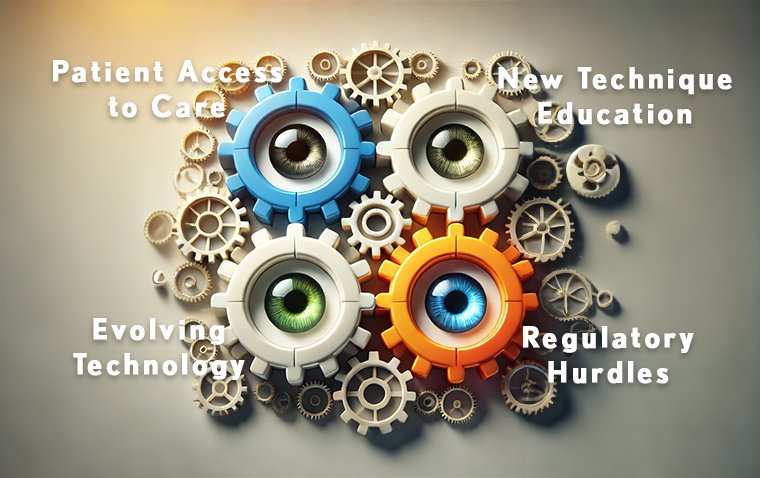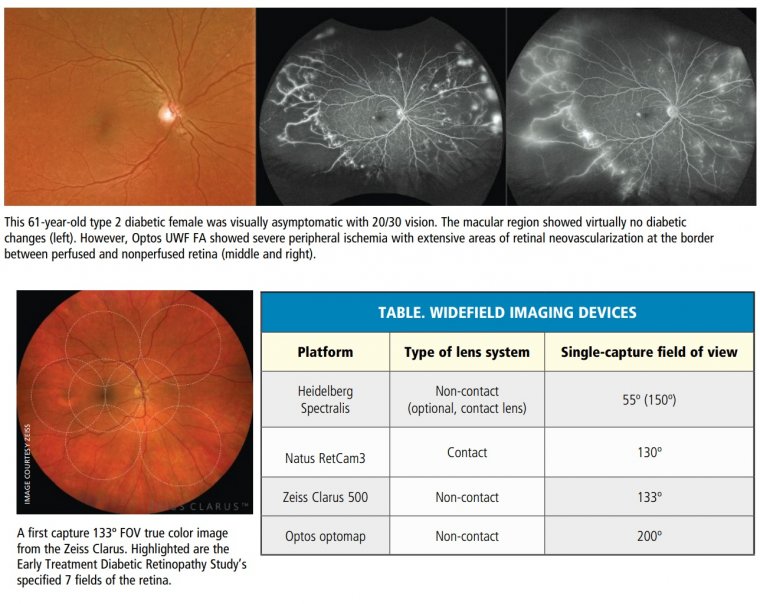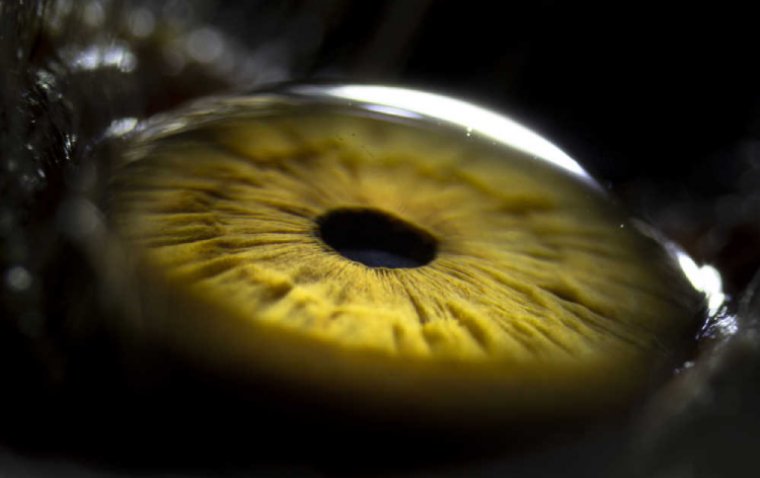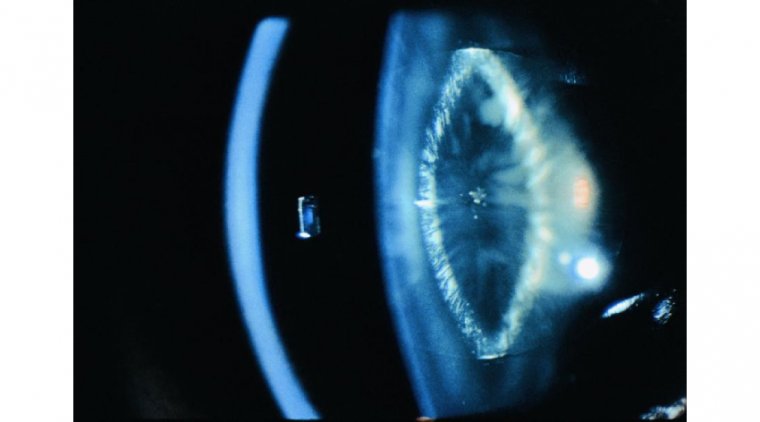
Causes and Risk Factors of Zonular Cataract
What Is Zonular Cataract?
Zonular cataract is a type of cataract that affects the zonules, which are thin fibers that help hold the lens in place in the eye. It is usually inherited as an autosomal dominant trait, which means that a person only needs to inherit one copy of the mutated gene from one parent to develop the condition. This means that if one parent has zonular cataract, there is a 50% chance that their child will also inherit the condition.
Zonular cataract can also be acquired, which means that it develops later in life as a result of other factors such as trauma, radiation exposure, or certain medications. It is important to note that not all cases of zonular cataract are inherited, and it is possible to develop the condition without having a family history of it.
Symptoms of Zonular Cataract
The main symptom of zonular cataracts is a decrease in vision. This may be gradual or sudden, and may affect one or both eyes. Other symptoms may include:
Blurred vision: The clouding of the lens can cause objects to appear blurry or distorted.
Glare and halos: The clouding of the lens can cause light to scatter, leading to glare and halos around lights.
Sensitivity to light: The clouding of the lens can make the eye more sensitive to light, causing discomfort in bright environments.
Difficulty seeing at night: The clouding of the lens can make it harder to see in low light conditions, such as at night.
Double vision: In severe cases of zonular cataracts, the lens may become dislocated, leading to double vision.
What Are Some Risk Factors for Zonular Cataract?
There are several potential causes and risk factors for the development of a zonular cataract, including:
●Trauma: Trauma to the eye, such as a blow to the head or eye injury, can cause damage to the zonules and lead to the development of a zonular cataract.
● Genetic factors: Some people may be more genetically predisposed to developing a zonular cataract due to inherited genetic factors.
● Medical conditions: Certain medical conditions, such as diabetes or Marfan syndrome, can increase the risk of developing a zonular cataract.
Diagnosis of Zonular Cataract
Zonular cataracts can be diagnosed by an eye care professional during a comprehensive eye exam.
During the exam, the eye care professional will assess your visual acuity, which is a measure of how well you can see, and will check for any abnormalities in the shape or size of the eye. They may also use a device called a slit lamp, which allows them to examine the front of the eye in great detail, to look for signs of a cataract.
In addition to these tests, the eye care professional may also use a test called a tonometry test to measure the pressure inside the eye. This test is used to diagnose glaucoma, which is a condition that can cause damage to the optic nerve and lead to vision loss.
The optic nerve is a bundle of nerve fibers that connects the retina of the eye to the brain.
If a cataract is suspected, the eye care professional may also recommend additional tests, such as imaging tests, to get a better look at the inside of the eye and confirm the diagnosis. These tests may include ultrasound, computed tomography (CT) scans, or magnetic resonance imaging (MRI).
Treatment Options for Zonular Cataract
Treatment for zonular cataract typically involves surgery to remove the affected lens and replace it with an artificial lens. This surgery is called a cataract extraction.
During the surgery, the eye care professional will make a small incision in the eye and use a device called an ultrasound to break up the lens into small pieces. The pieces are then removed through the incision. Once the lens is removed, an artificial lens, called an intraocular lens (IOL), is placed in the eye to replace the natural lens. The IOL is typically made of a clear, plastic-like material and is designed to mimic the function of the natural lens.
Cataract surgery is generally a safe and effective procedure, and most people experience improved vision following the procedure. However, like any surgery, there are risks and complications that can occur, including infection, bleeding, and retinal detachment. Your eye care professional will discuss these risks and any potential complications with you before the surgery, and will work with you to determine the best course of treatment.
In addition to surgery, the eye care professional may recommend other treatment options, such as eyeglasses or contact lenses, to help improve vision until the surgery can be performed. It is important to follow the recommendations of your eye care professional and to attend follow-up appointments as advised to monitor the progression of the cataract and ensure the best possible outcomes.
(1).jpg)
